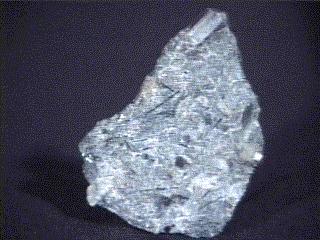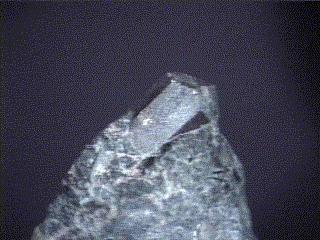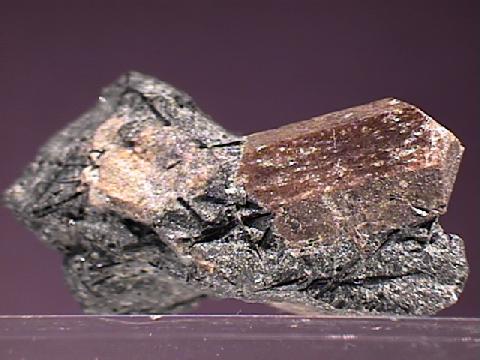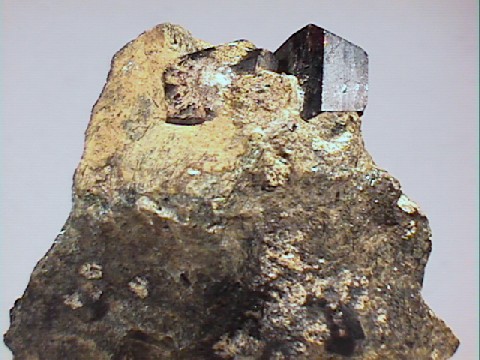 THE MINERAL LORENZENITE
THE MINERAL LORENZENITE
- Chemistry: Na2Ti2Si2O9, Sodium Titanium Silicate.
- Class: Silicates
- Subclass: Inosilicates
- Uses: mineral specimens
Specimens
Lorenzenite is a rare mineral that was only discribed in the last 50 years. It is found on both the coast of Greenland and on the Kola Pennisula from where many new and rare minerals have been and are still being discovered. Ramsayite is the old russian name for lorezenite. Now the name Ramsayite is a synonym for lorenzenite. Lorenzenite has a rather high luster which is due to the titanium content. Other titanium minerals also have high lusters especially the mineral rutile, TiO2.
PHYSICAL CHARACTERISTICS:
- Color is a brown, yellow-brown to dark brown.
- Luster is vitreous to submetallic.
- Transparency: Crystals are transparent to translucent.
- Crystal System is Orthorhombic.
- Crystal Habit is prismatic with six sides, two of the sides are often flattened to form a nearly tabular crystal with a pointed termination.
- Hardness is 6.
- Specific Gravity is approximately 3.4+ (above average for translucent minerals)
- Streak is light brown.
- Notable Occurrences: Narsarsuk, Greenland and Kola Pennisula, Russia.
- Best Field Indicators are color, luster, density and locallity.







